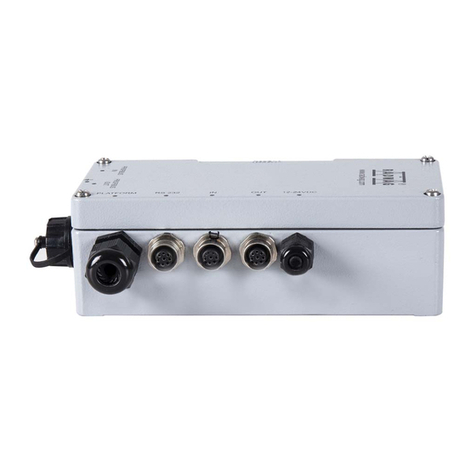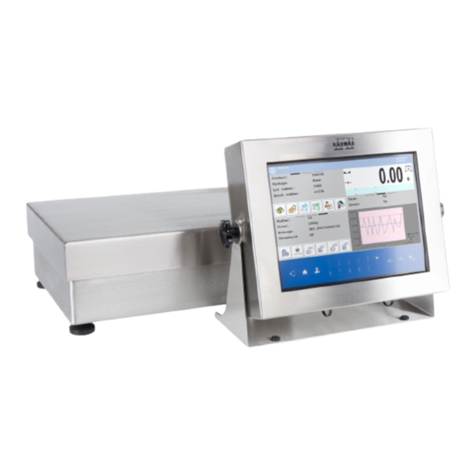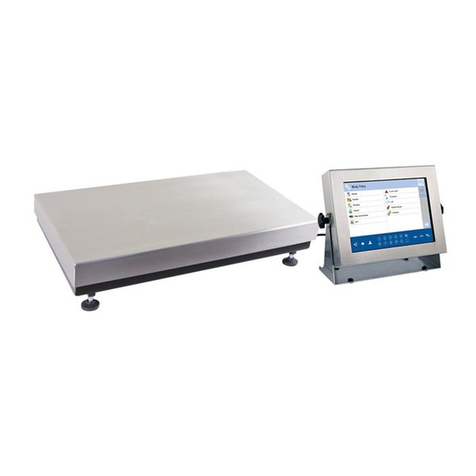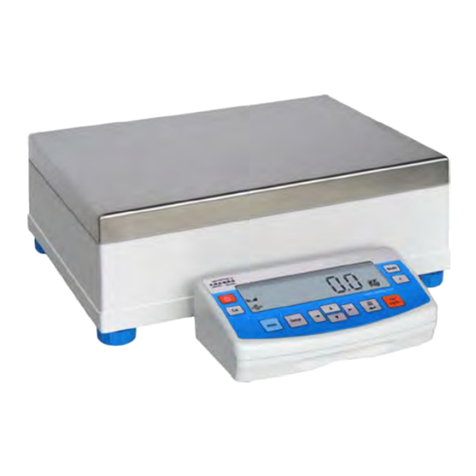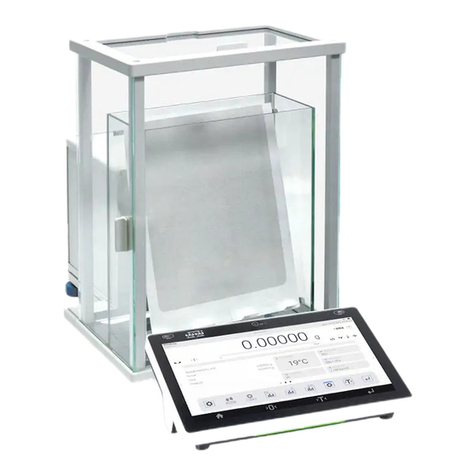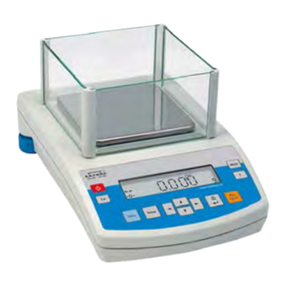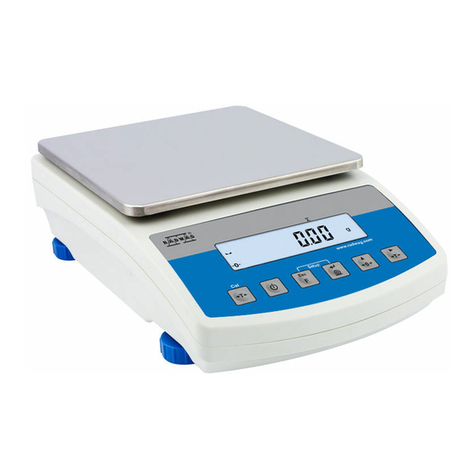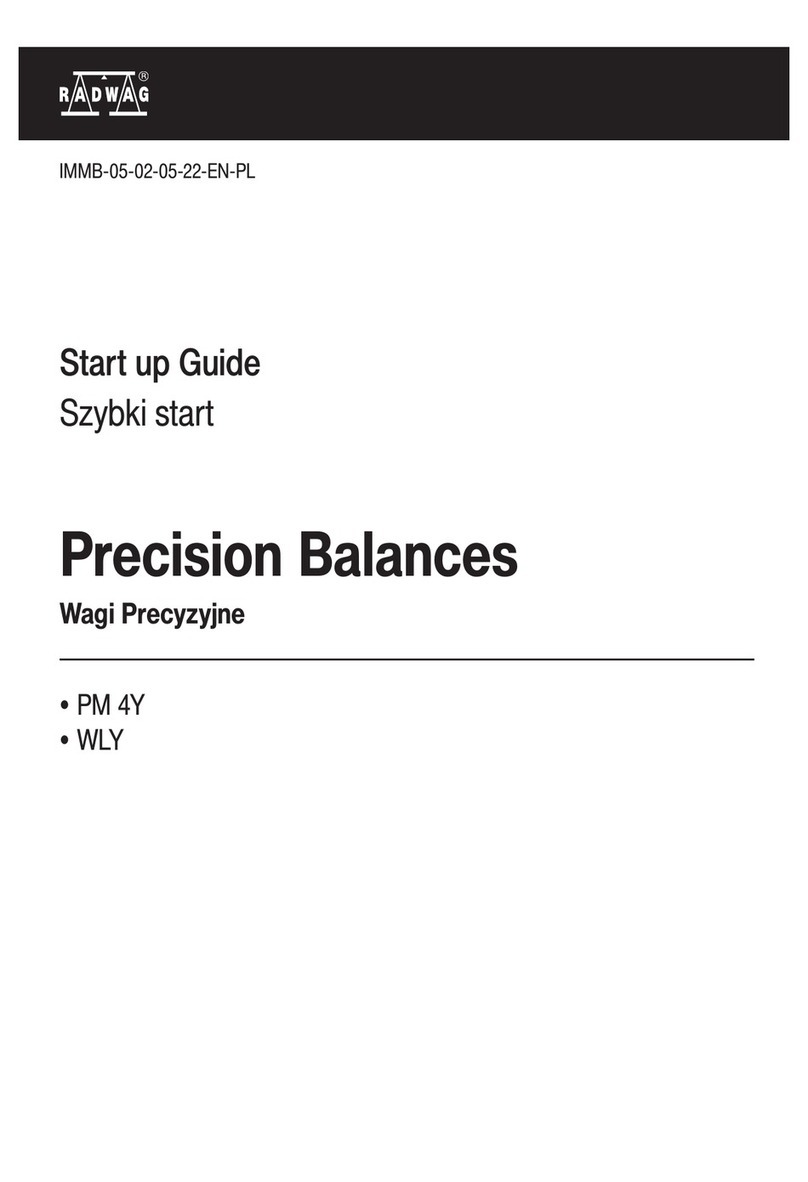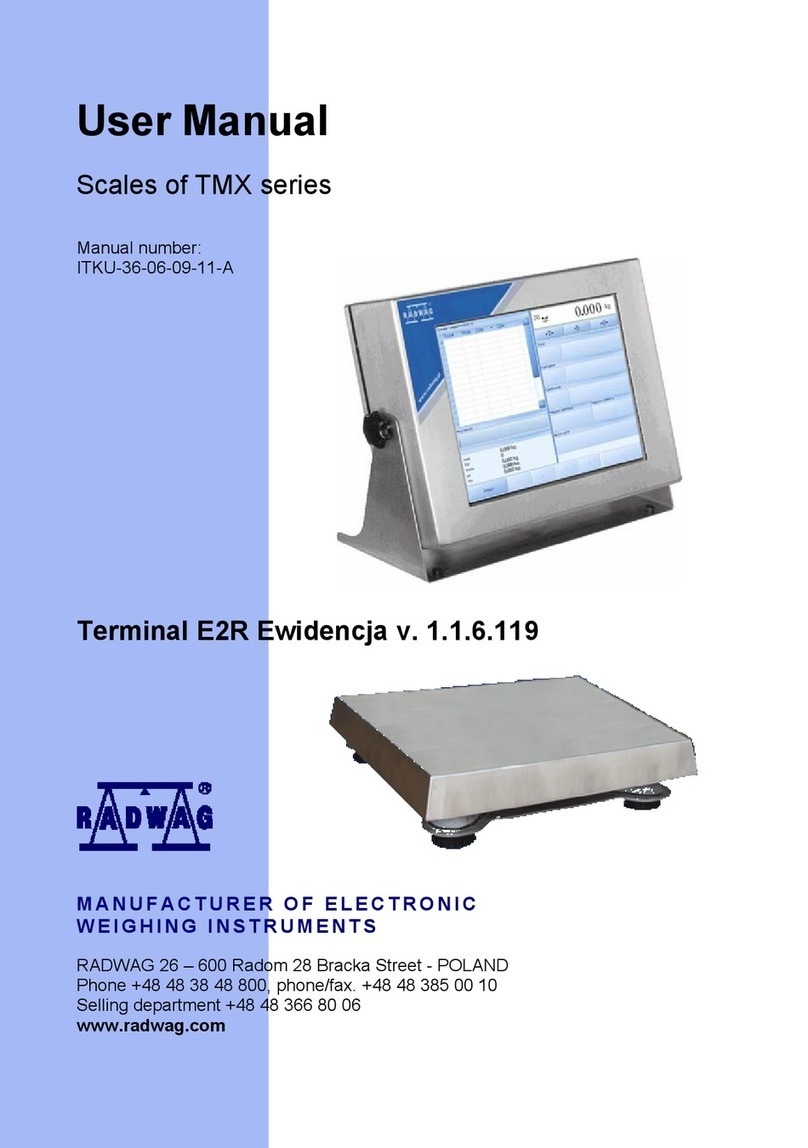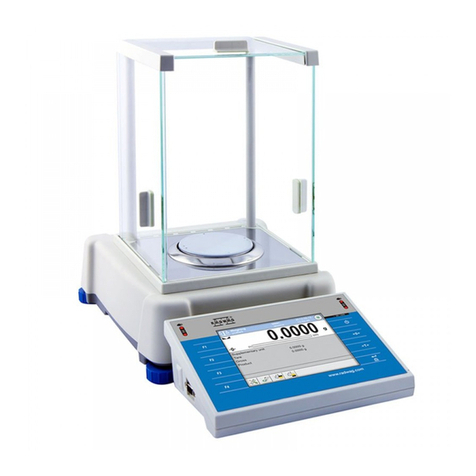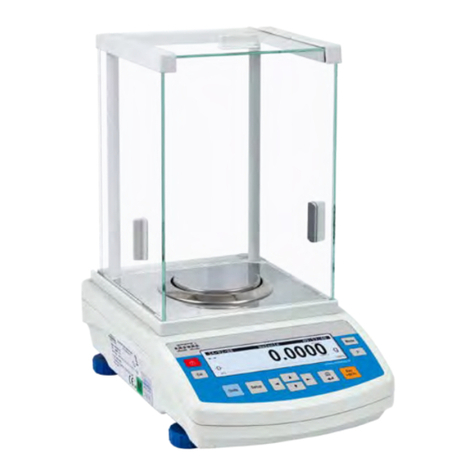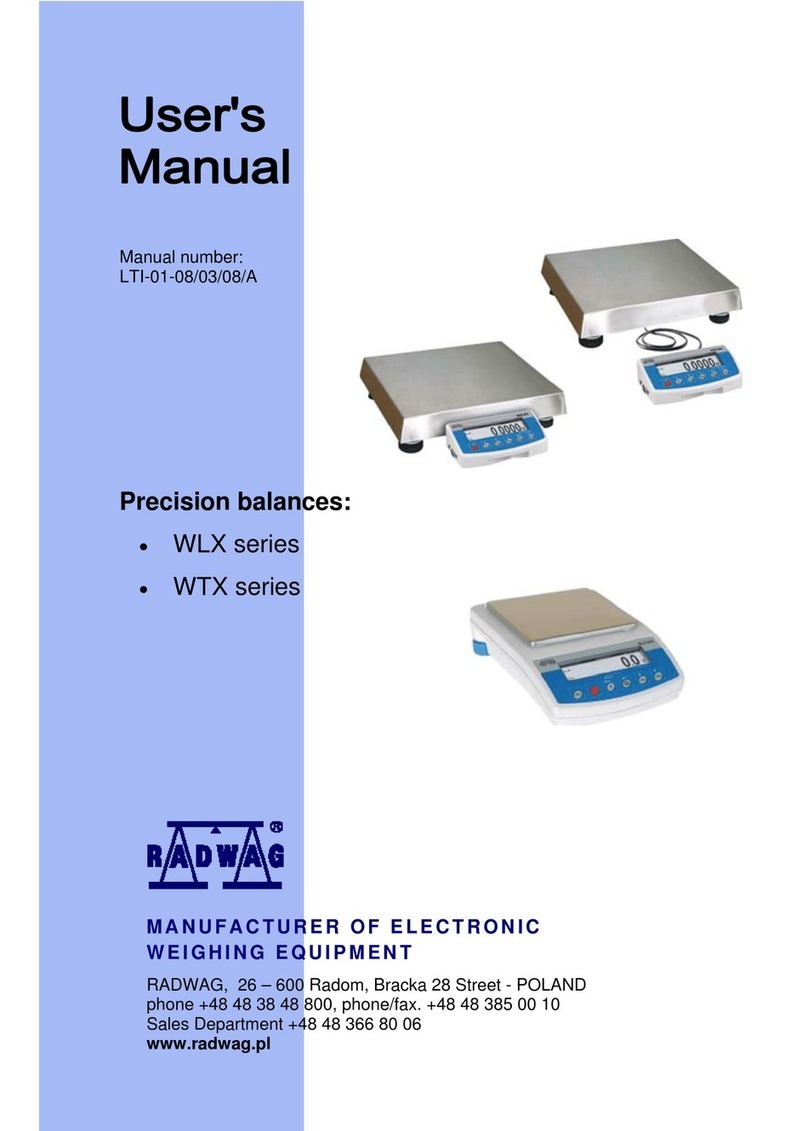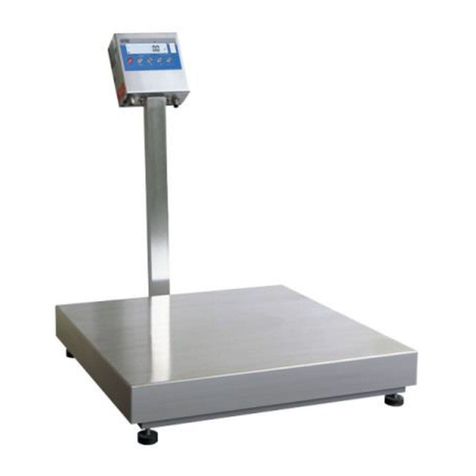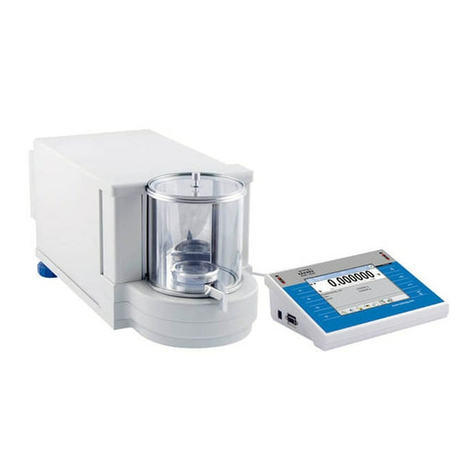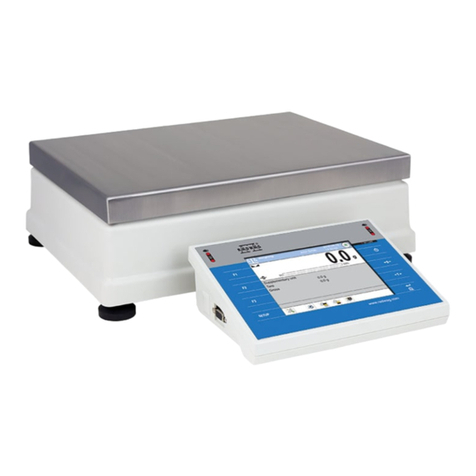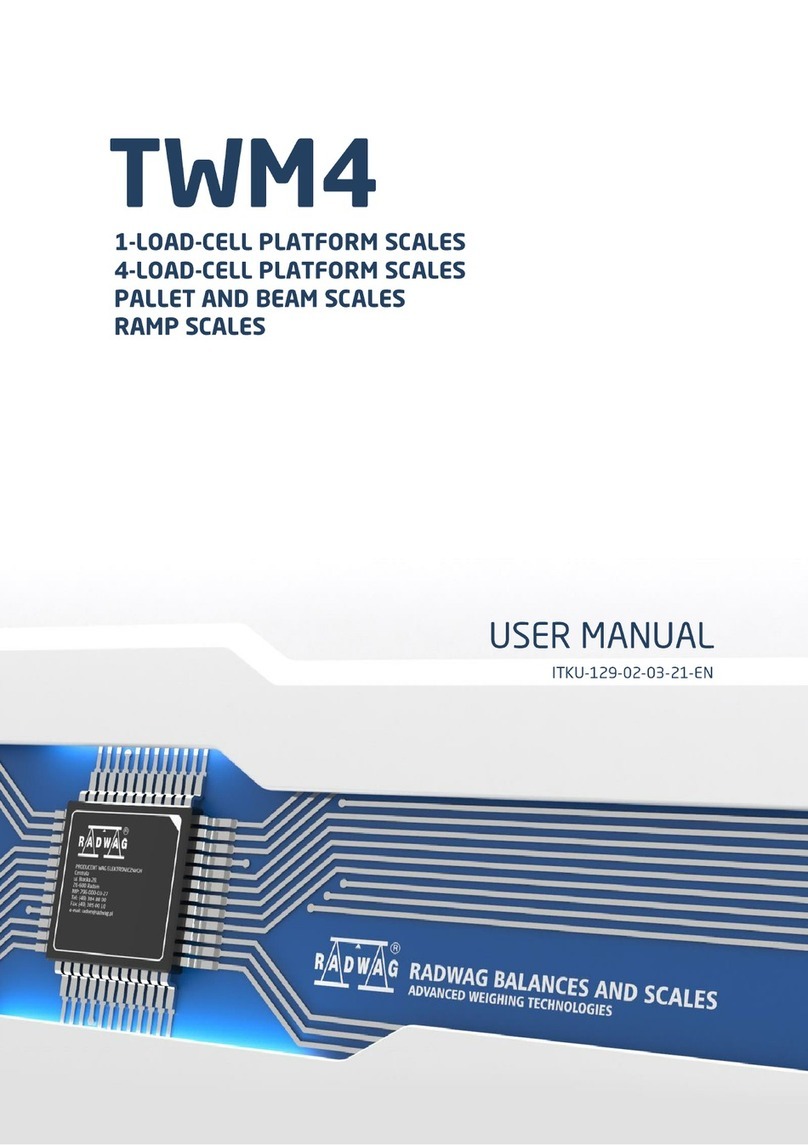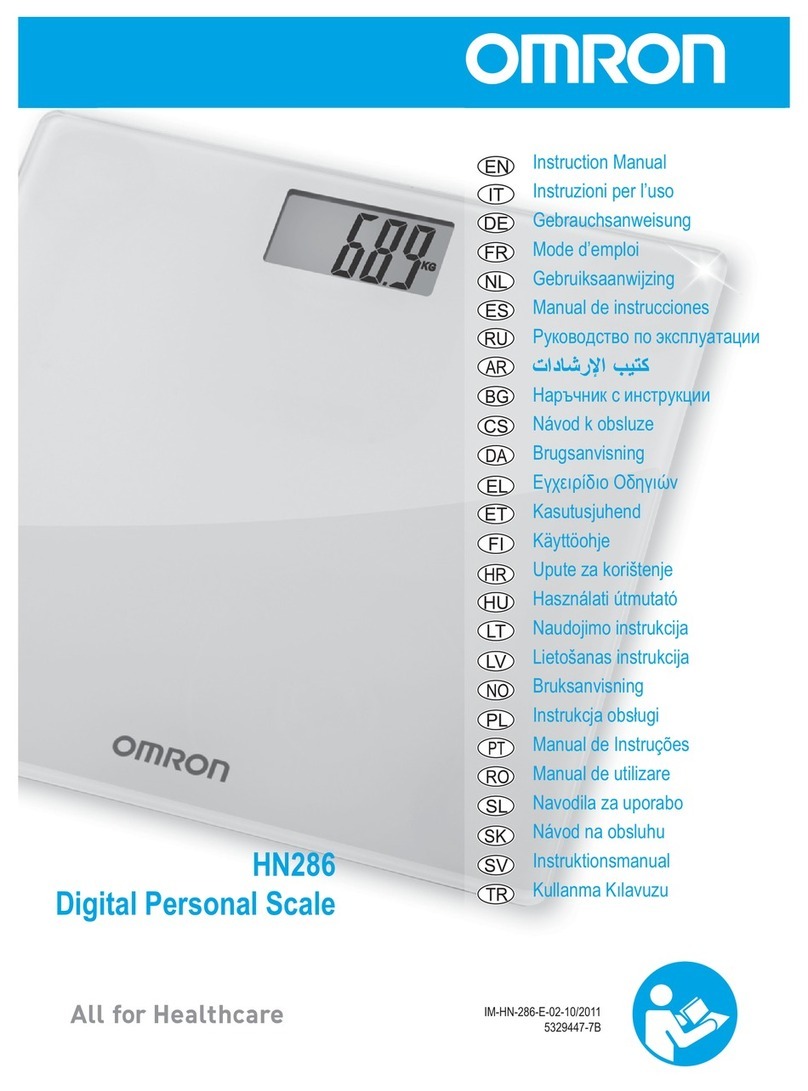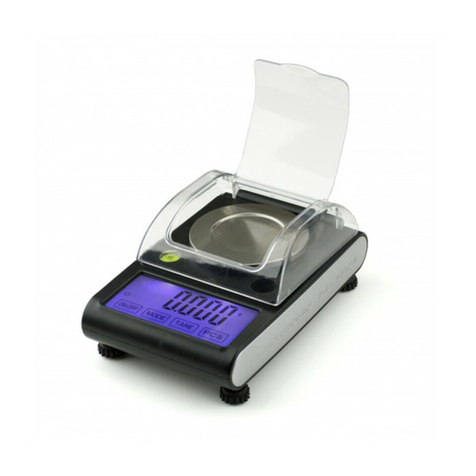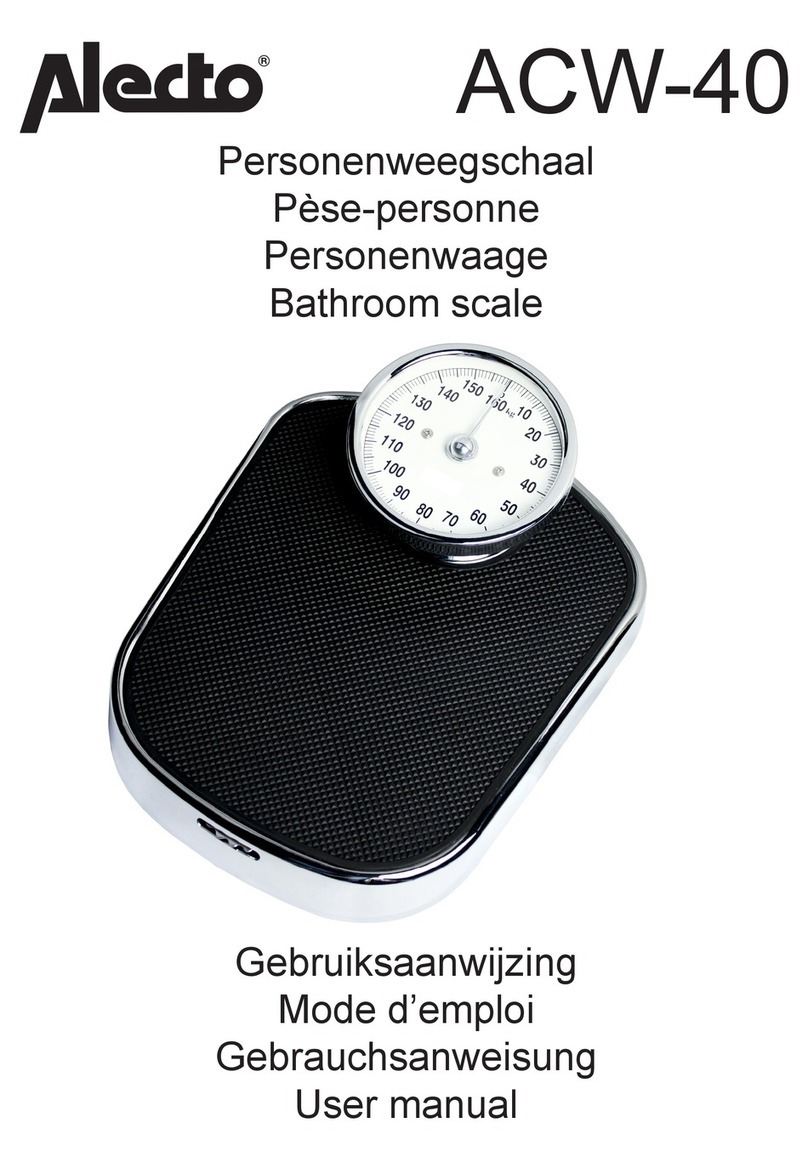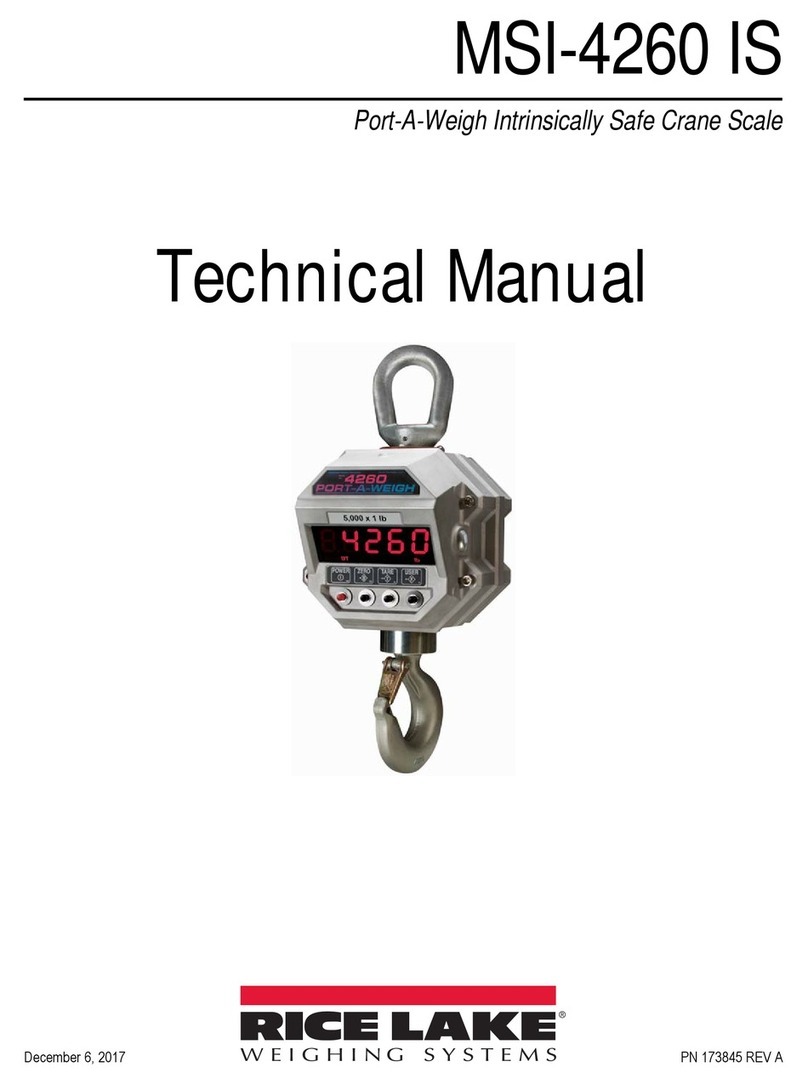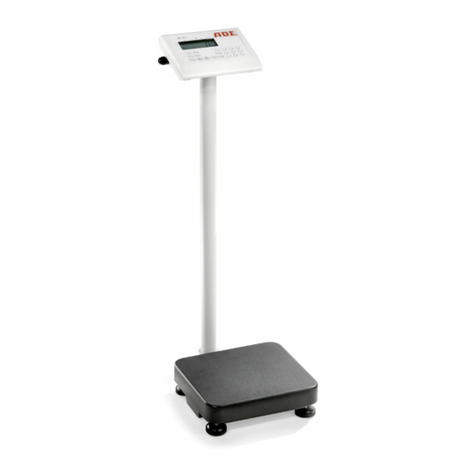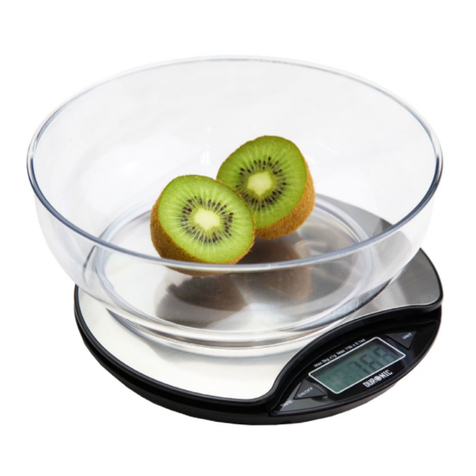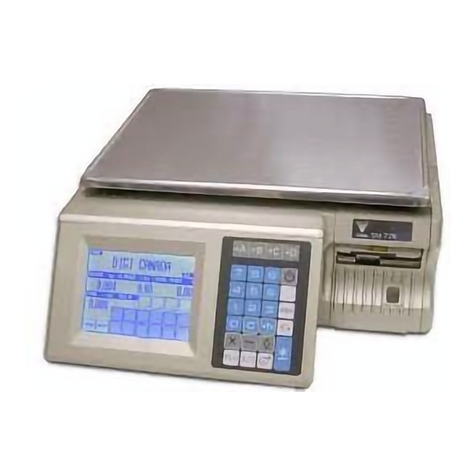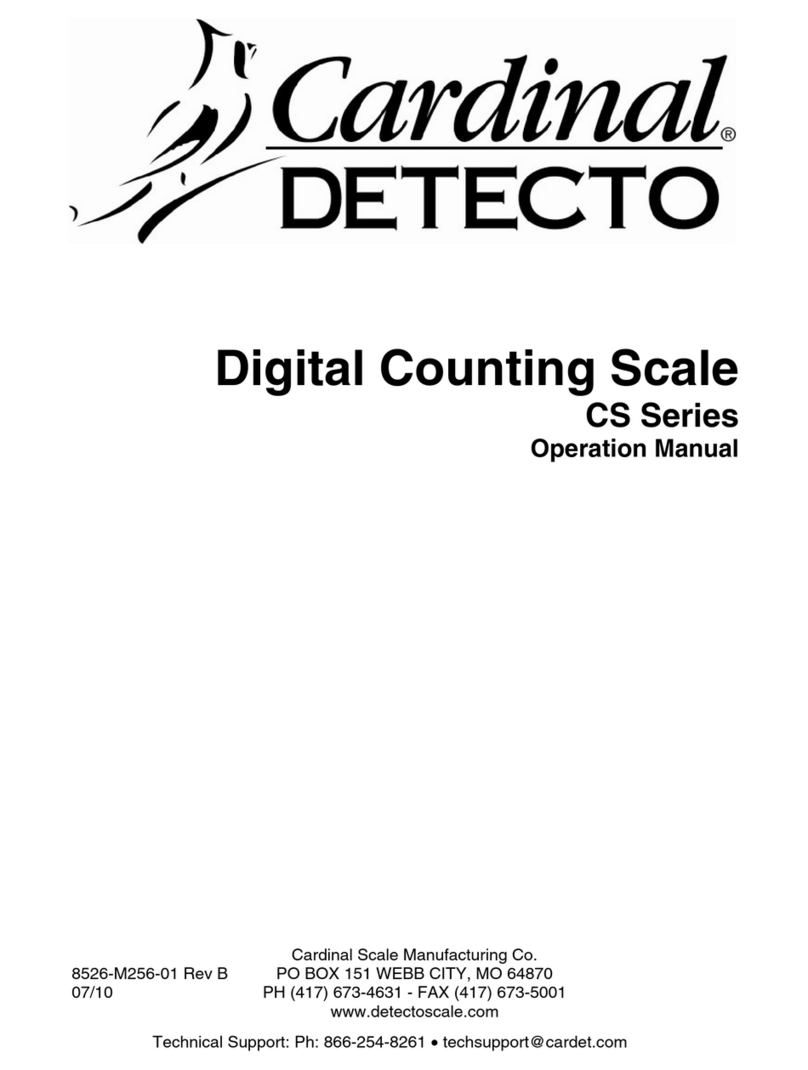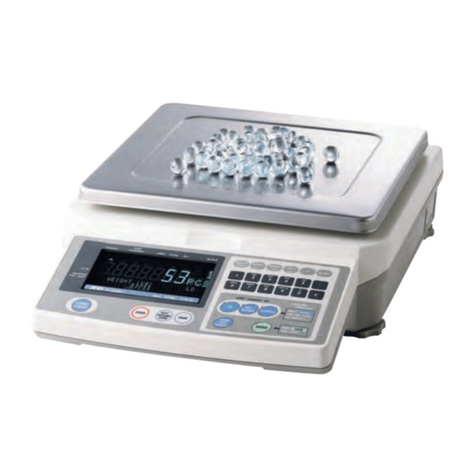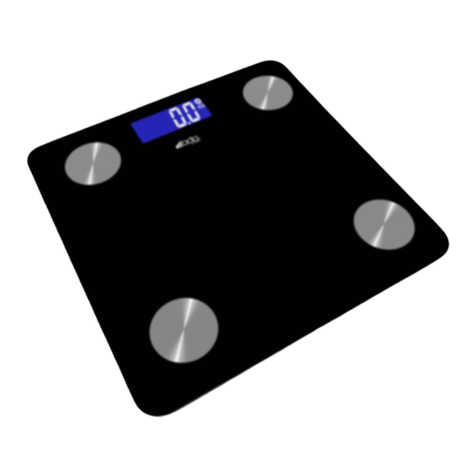TABLE OF CONTENTS
1. INTENDET USE..................................................................................................................5
2. PRECAUTIONS..................................................................................................................6
2.1. Maintenance ...............................................................................................................6
2.2. Accumulator / battery pack..........................................................................................6
2.2.1. Power supply of scales WLC C1…C2 ...............................................................7
2.2.2. Replacement of worn batteries..........................................................................7
2.3. Operation in a strong electrostatic field.......................................................................8
3. WARRANTY CONDITIONS ................................................................................................8
4. MAIN DIMENSIONS...........................................................................................................9
5. UNPACKING AND ASSEMBLY .......................................................................................11
6. GETTING STARTED.........................................................................................................12
7. BALANCE LEVELLING....................................................................................................13
8. KEYPAD...........................................................................................................................13
9. KEYS’ FUNCTIONS .........................................................................................................14
10. INSCRIPTIONS ON THE DISPLAY................................................................................15
11. USER MENU ..................................................................................................................16
11.1. Submenus...............................................................................................................16
11.2. Browsing user menu ...............................................................................................17
11.2.1. Keypad..........................................................................................................17
11.2.2. Return to the weighing mode.........................................................................17
12. WEIGHING .....................................................................................................................18
12.1. Tarring ....................................................................................................................19
12.2. Inscribing tare value................................................................................................19
12.3. Zeroing....................................................................................................................20
12.4. Weighings in two ranges.........................................................................................20
12.5. Selection of basic weight unit..................................................................................21
12.6. Temporarily selected unit........................................................................................22
13. MAIN PARAMETERS .....................................................................................................23
13.1. Setting a filtering level.............................................................................................23
13.2. Median filter ............................................................................................................24
13.3. Autozero function....................................................................................................25
13.4. Tare function...........................................................................................................26
14. RS 232 PARAMETERS...................................................................................................27
14.1. Printout type............................................................................................................27
14.2. Minimal mass threshold ..........................................................................................28
14.3. Baud rate................................................................................................................29
14.4. Serial transmission parameters...............................................................................30
15. OTHER PARAMETERS..................................................................................................31
15.1. Backlight function....................................................................................................31
15.1.1. Backlight for supplying from mains................................................................31
15.1.2. Backlight for supplying from batteries............................................................32
15.2. “Beep” signal – after pressing a key........................................................................33
15.3. Automatic switch-off................................................................................................33
15.4. Battery voltage level check......................................................................................34
15.4.1. Checking the batteries ..................................................................................34
15.4.2. Battery discharge pictogram..........................................................................35
15.4.3. Accumulator charging option.........................................................................35
15.4.4. Formatting rechargeable battery packs.........................................................36
16. OPERATION MODES.....................................................................................................37
16.1. Setting accessibility of operation modes .................................................................37
16.2. Selecting quantity of operation modes ....................................................................38
